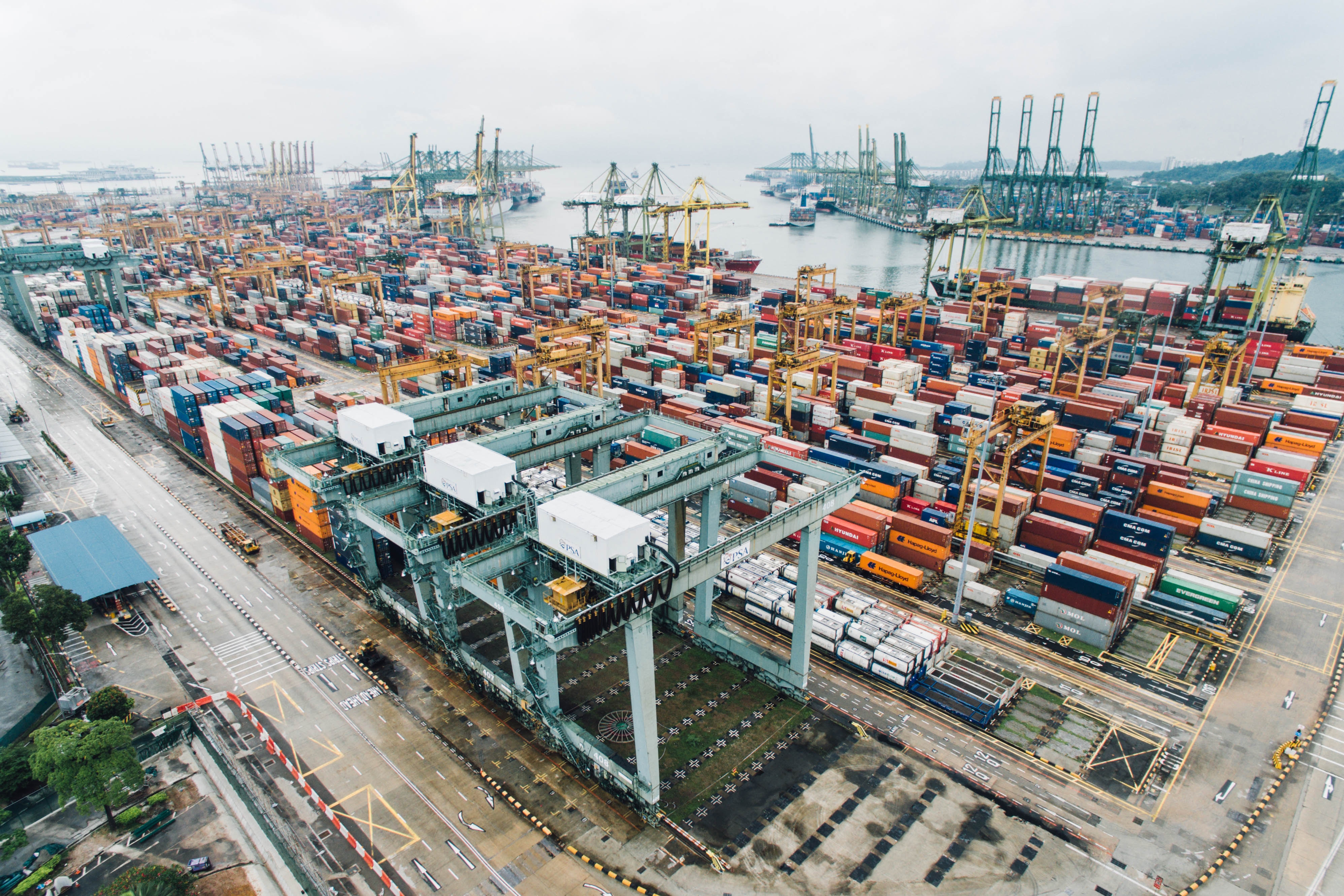Shipping terms can be overwhelming, especially if you’re new to the industry. Shippers often use complex jargon and abbreviations, making it difficult to understand what they mean. Knowing the terminology is essential for anyone involved in the shipping industry. This article will decode ten essential shipping terms every shipper should know to help you easily navigate the industry.
Table of Contents
Bill of Lading (B/L)
The Bill of Lading is a legal document issued by the carrier that acknowledges receipt of the goods and serves as a contract of carriage. It outlines the shipment details, including the destination, consignee, and description of the goods. It is also used as proof of ownership and a document of title.
Incoterms
Incoterms are international trade terms created by the International Chamber of Commerce (ICC). They define the responsibilities and obligations of the buyer and seller in international trade transactions, including the delivery of goods, insurance, and customs clearance. Understanding Incoterms is crucial for successful international trade.
Demurrage
Demurrage is a charge levied by the carrier for delays caused by the consignee, such as holding the container at the port longer than the allotted time. However, it can be a costly expense for shippers, so it’s essential to be aware of the terms of the agreement and avoid any unnecessary delays.
Free on Board (FOB)
FOB is an Incoterm that refers to transferring ownership and responsibility for goods from the seller to the buyer when the goods are loaded on board the vessel. The seller is responsible for loading the goods, but the buyer is responsible for all costs and risks once the goods are on board the vessel.
Carriage and Insurance Paid To (CIP)
CIP is another Incoterm that includes the cost of carriage and insurance. The seller is responsible for delivering the goods to the carrier and obtaining insurance for the shipment. The buyer is responsible for unloading the goods and clearing customs.
Delivery Duty Paid (DDP)
DDP is an Incoterm where the seller is responsible for all costs and risks involved in delivering the goods to the final destination. This includes transport, customs clearance, and any taxes or duties. The buyer is only responsible for unloading the goods.
On-Carriage

On-carriage refers to transporting goods from the discharge port to the final destination. The buyer usually arranges it, and it can be a separate agreement from the main shipping contract.
Letter of Credit (LC)
A Letter of Credit is a document issued by a bank guaranteeing payment to the seller if specific conditions are met. It provides security for both the buyer and seller in international trade transactions, ensuring that the seller will receive payment and the buyer will receive the goods.
Telex Release
Telex Release is a method of releasing goods at the port of discharge without the need for a physical Bill of Lading. It is commonly used in international trade to speed up the release of goods and reduce paperwork.
Container Freight Station (CFS)
A Container Freight Station is a warehouse where goods are consolidated for shipment. It is a crucial part of the shipping process, as it allows multiple shipments to be combined into one container, reducing costs and increasing efficiency.
Whether you’re a seasoned shipper or just starting in the industry, learning and understanding these essential shipping terms is critical to your success. With the ever-changing shipping landscape, staying up-to-date with industry jargon and terminology is more important than ever. As the quote from Flock Freight states, “By familiarizing yourself with these essential shipping terms, you’ll be better equipped to negotiate shipping contracts, understand your rights and obligations, and ensure your goods are transported safely and efficiently.” So don’t let the complexities of the shipping industry hold you back. Take the time to learn these essential shipping terms and confidently start shipping today.



